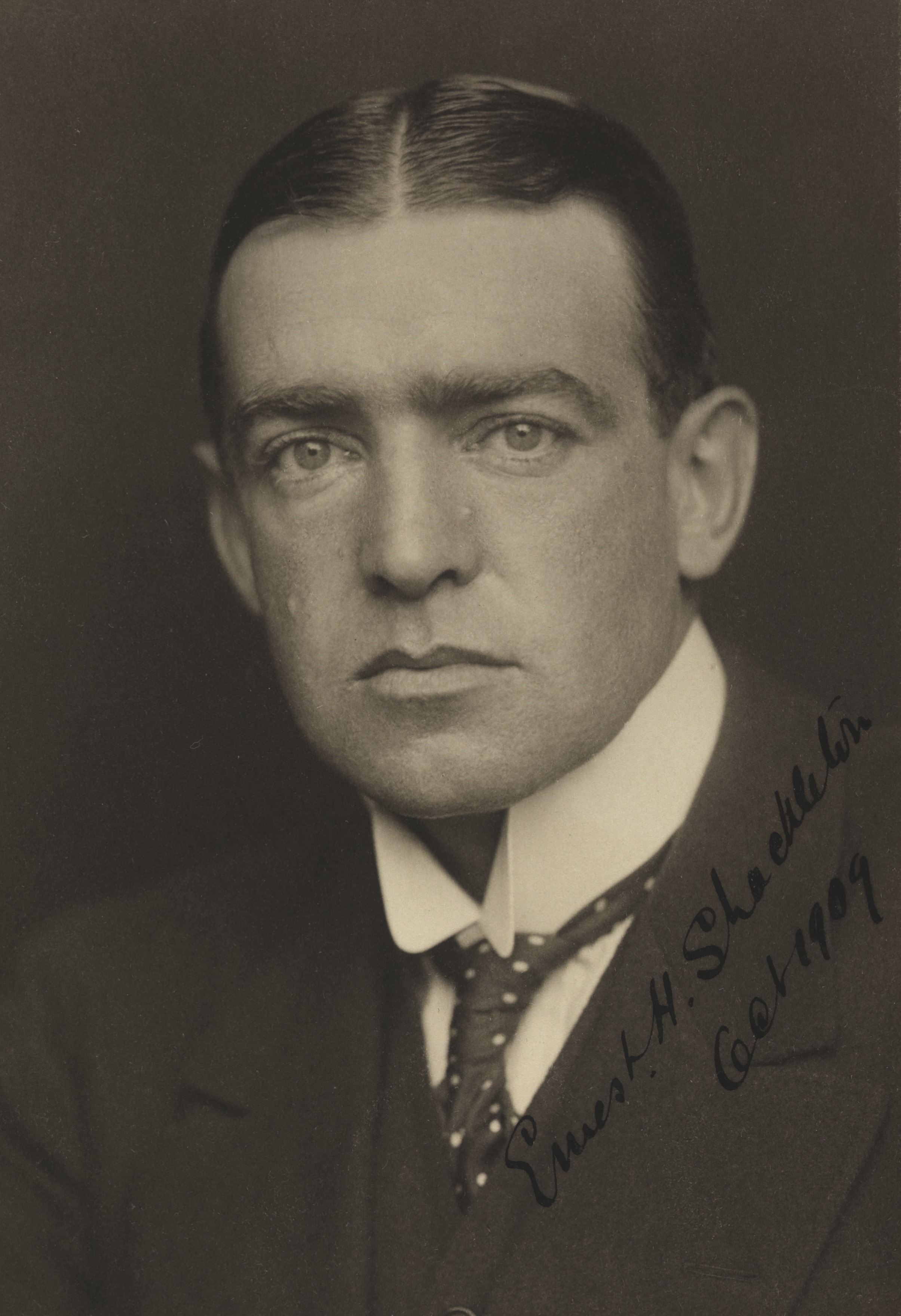Difference between revisions of "Template:Westarctica.wiki:Today's featured article"
Westarctica (talk | contribs) |
Westarctica (talk | contribs) |
||
| (29 intermediate revisions by the same user not shown) | |||
| Line 1: | Line 1: | ||
[[File: | [[File:Ernest Shackleton before 1909.jpg|250px|left]] | ||
Sir '''[[Ernest Shackleton]]''' was a polar explorer who led three British expeditions to the [[Antarctica|Antarctic]], and one of the principal figures of the period known as the Heroic Age of Antarctic Exploration. Born in Kilkea, Athy, County Kildare, Ireland, Shackleton and his Anglo-Irish family moved to Sydenham in suburban south London when he was ten. His first experience of the polar regions was as third officer on Captain [[Robert Falcon Scott]]'s Discovery Expedition 1901–1904. | |||
After the race to the South Pole ended in December 1911 with [[Roald Amundsen]]'s conquest, Shackleton turned his attention to the crossing of [[Antarctica]] from sea to sea, via the pole. To this end he made preparations for what became the Imperial Trans-Antarctic Expedition, 1914–17. Disaster struck this expedition when its ship, ''[[Endurance]]'', became trapped in [[pack ice]] and was slowly crushed before the shore parties could be landed. | |||
'''([[ | '''([[Ernest Shackleton|Full Article...]])''' | ||
Latest revision as of 17:07, 3 July 2025
Sir Ernest Shackleton was a polar explorer who led three British expeditions to the Antarctic, and one of the principal figures of the period known as the Heroic Age of Antarctic Exploration. Born in Kilkea, Athy, County Kildare, Ireland, Shackleton and his Anglo-Irish family moved to Sydenham in suburban south London when he was ten. His first experience of the polar regions was as third officer on Captain Robert Falcon Scott's Discovery Expedition 1901–1904.
After the race to the South Pole ended in December 1911 with Roald Amundsen's conquest, Shackleton turned his attention to the crossing of Antarctica from sea to sea, via the pole. To this end he made preparations for what became the Imperial Trans-Antarctic Expedition, 1914–17. Disaster struck this expedition when its ship, Endurance, became trapped in pack ice and was slowly crushed before the shore parties could be landed.
